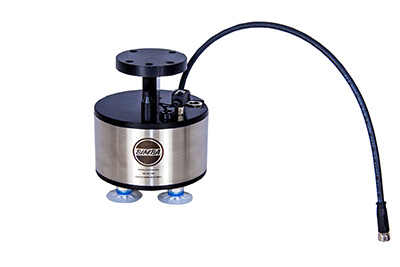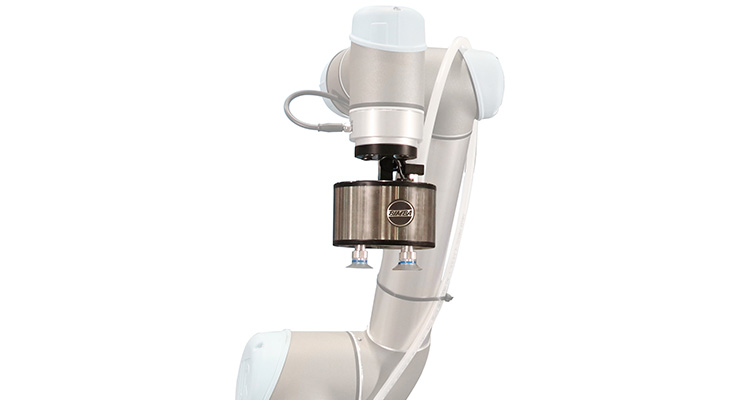 Bimba has launched the Collaborative Robot Vacuum Tool (CRVT). This device offers a new plug-and-play end effector option for collaborative robots.
Bimba has launched the Collaborative Robot Vacuum Tool (CRVT). This device offers a new plug-and-play end effector option for collaborative robots.
Developed to meet the versatile nature of collaborative robots, Bimba’s CRVT comes off-the-shelf as a complete solution — no external valve is required. Although designed to support a variety of applications with minimal configuration, Bimba offers a wide array of pump options to enable users to meet the vacuum requirements of their application.
“Collaborative robots are making it easier than ever before for manufacturers to implement automation. With the CRVT, Bimba is looking to make the end effector as flexible and easy to use as the robot,” said Jeremy King, Product Manager for Bimba. “The CRVT is designed to be controlled using the I/O connection built into the robot. No additional software or controls are required. That means simply connecting the tool to the robot and supplying an air-line to it. Once that’s done, you’re ready to program!”
King continued, “Vacuum end effectors offer many advantages over mechanical grippers. They only require access to one side of the workpiece. In addition, vacuum grippers can handle a variety of part sizes, shapes, and weights without making changes to the robot’s settings.”
As part of Universal Robots’ UR+ program, the CRVT is tested and approved to integrate directly with UR robots, ensuring set-up, programming, and operation can all be accomplished with ease. Compatibility with additional robotics manufacturers will be available in the future.
The CRVT comes standard with venturi vacuum pump, valve, vacuum switch, muffler and cups integrated in a single easy to use end effector.
Bimba
www.bimba.com
Filed Under: Pneumatic Tips